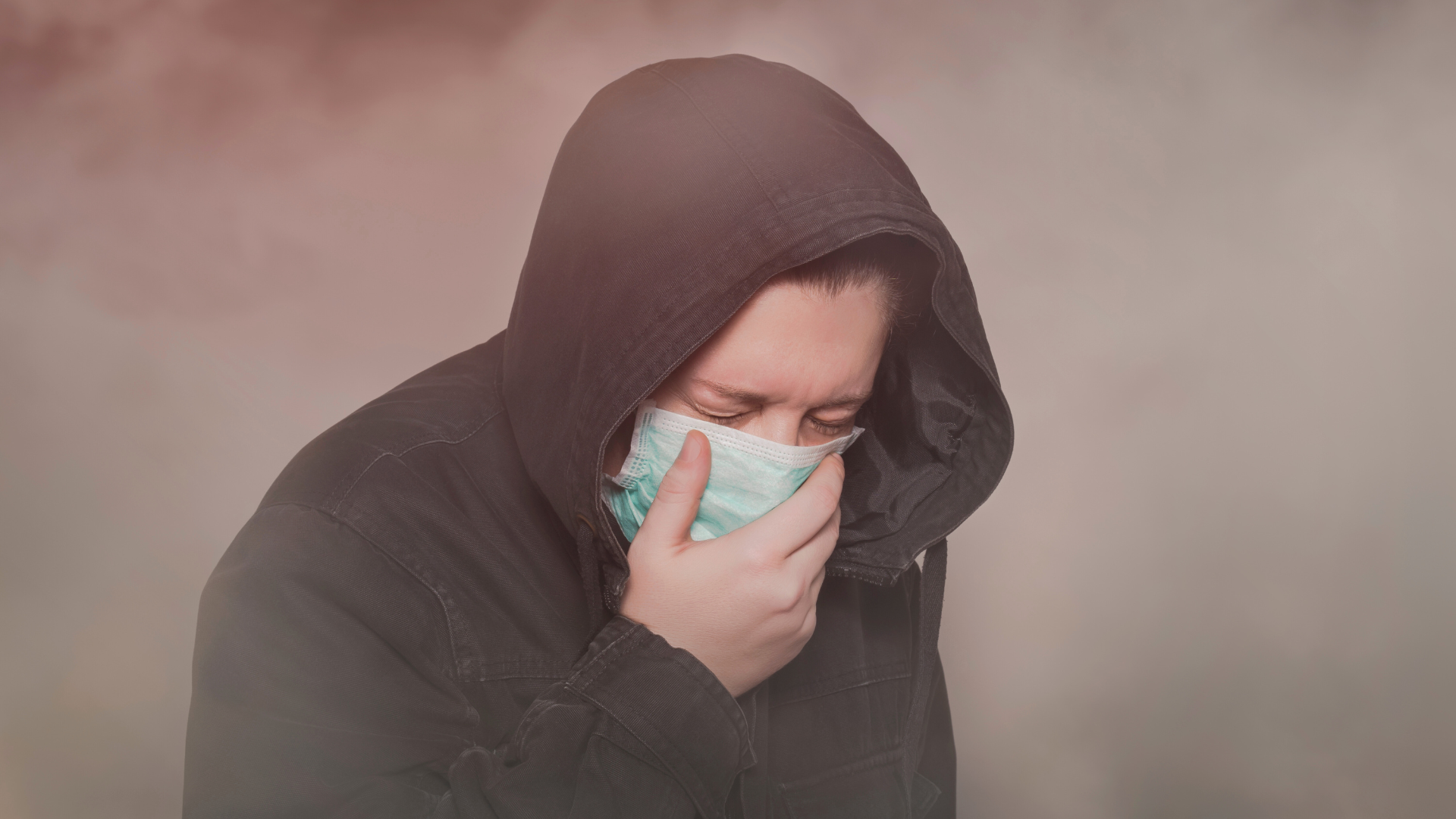Air pollution is a pressing concern that affects millions globally. Contaminants in the air can lead to various health issues, particularly breathing problems. Air pollution significantly exacerbates respiratory diseases, leading to increased hospital visits and healthcare costs.
Individuals exposed to polluted air are at a higher risk of developing asthma, chronic bronchitis, and other respiratory conditions. These problems not only impact personal health but also pose a significant threat to public health overall. Awareness of the connection between air quality and respiratory issues can motivate communities to advocate for cleaner air initiatives.
The effects of air pollution extend beyond immediate symptoms, causing long-term damage to lung function and respiratory systems. Understanding these consequences is crucial for promoting healthier living environments and safeguarding public health.
Causes and Types of Air Pollution
Air pollution arises from various sources and includes numerous pollutants that can significantly impact respiratory health. Understanding the major air pollutants and their sources is essential for addressing breathing problems linked to poor air quality.
Major Air Pollutants and Sources
The primary air pollutants include particulate matter (PM), nitrogen oxides (NOx), sulfur dioxide (SO2), and volatile organic compounds (VOCS). Each of these pollutants has distinct sources and effects.
- Particulate Matter (PM): These tiny particles can originate from vehicle emissions, industrial activities, and natural events like wildfires. PM can penetrate deep into the lungs, exacerbating breathing issues.
- Nitrogen Oxides (NOx): Mainly produced by vehicles and power plants, NOx contributes to smog formation and respiratory problems. These gases can irritate airways, leading to increased asthma attacks.
- Sulfur Dioxide (SO2): This pollutant primarily comes from burning fossil fuels. SO2 can cause respiratory illnesses and worsen conditions like bronchitis.
Ozone and Particle Pollution
Ground-level ozone is a crucial pollutant formed when sunlight reacts with NOx and VOCS. This reaction often occurs in urban areas, especially during summer.
- Health Effects: Exposure to ground-level ozone can lead to coughing, throat irritation, and worsen asthma.
- Particle Pollution: Particle pollution, or PM, is categorised into PM10 and PM2.5 based on size. PM2.5 is particularly harmful as it can penetrate lung tissue and enter the bloodstream, causing serious cardiovascular and respiratory health issues.
Both ozone and particle pollution are exacerbated by climate change and increase due to traffic congestion and industrial emissions. Addressing these pollutants is vital for improving air quality and respiratory health.
Impact of Air Quality on Respiratory Health
Air quality significantly influences respiratory health. Pollutants can lead to decreased lung function, exacerbation of respiratory conditions, and heightened sensitivity among certain populations.
Effects of Air Pollution on Lung Function
Exposure to pollutants such as particulate matter, nitrogen dioxide, and sulfur dioxide can impair lung function. These substances can induce inflammation in the airways, reducing airflow and making breathing difficult.
Research indicates that long-term exposure may result in diminished lung capacity and chronic respiratory diseases. Individuals living in urban areas with poor air quality often experience more pronounced respiratory symptoms.
Asthma and Other Respiratory Conditions
Air pollution is a known trigger for asthma and can worsen existing symptoms like wheezing and coughing. Irritants in the air can lead to increased occurrences of asthma attacks.
Children and adults with asthma may experience heightened sensitivity to allergens, such as mold and pollen, when air quality is poor. This can result in frequent respiratory infections and a decline in overall respiratory health over time.
Vulnerable Populations and Sensitivity
Certain groups, including children, the elderly, and individuals with pre-existing health conditions, are more susceptible to the effects of air pollution.
Children’s lungs are still developing, making them particularly vulnerable. Seniors often have weakened immune systems, and those with respiratory issues face a higher risk of complications. These populations may experience aggravated symptoms and a greater likelihood of respiratory illnesses when exposed to poor air quality.
Health Risks and Long-Term Exposure
Long-term exposure to air pollution significantly impacts human health, particularly in relation to respiratory and cardiovascular conditions. The following points highlight critical relationships between pollution and serious illnesses affecting individuals.
Link Between Air Pollution and Serious Illnesses
Air pollution is linked to various serious illnesses, including heart disease and cancer. Fine particulate matter (PM2.5) can penetrate deep into the lungs and enter the bloodstream, leading to inflammation. This inflammation often triggers heart attacks, exacerbating existing health conditions.
Studies have shown that individuals constantly exposed to polluted air are at heightened risk of developing chronic respiratory diseases such as asthma and chronic obstructive pulmonary disease (COPD). Research indicates that long-term exposure increases the likelihood of premature deaths, particularly due to cardiovascular problems.
Statistics on Health Outcomes
Statistics underscore the severity of air pollution’s impact on health. According to estimates from the World Health Organisation, around 7 million deaths each year are attributed to air pollution globally. A significant portion of these deaths results from heart disease and respiratory illnesses.
In the United States, studies reveal that a 10 μg/m³ increase in PM2.5 levels is associated with approximately a 10% rise in heart attack risk. Additionally, long-term exposure to air pollutants has been shown to increase the risk of lung cancer by up to 20%. These figures highlight the urgent need to address air quality for public health.
Regulations, Monitoring, and Public Guidance
Effective strategies for managing air pollution include established regulations, continuous monitoring, and resources for public guidance. These components play crucial roles in mitigating breathing problems associated with air quality.
Government Standards and the EPA
The Environmental Protection Agency (EPA) sets national air quality standards under the Clean Air Act. These standards are designed to protect public health by controlling pollutants like carbon monoxide, nitrogen dioxide, and sulfur dioxide. The EPA regularly reviews scientific data to determine these limits.
States and local agencies implement regulations based on the EPA’s standards. Compliance ensures that air quality remains within safe levels. Violations can lead to penalties and enforcement actions, which stress the importance of maintaining good air quality.
Air Quality Index and Public Awareness
The Air Quality Index (AQI) is a crucial tool that provides real-time data on outdoor air quality. This index translates complex air quality data into understandable categories ranging from “Good” to “Hazardous.”
Organisations like AirNow offer accessible online platforms that display local AQI levels. Public awareness initiatives encourage individuals to limit outdoor activities during high pollution events. Recognizing AQI colors—green, yellow, orange, and red—helps the public make informed decisions regarding outdoor activities.
Indoor Air Quality and Personal Measures
Indoor air quality (IAQ) directly affects respiratory health, as people spend significant time indoors. Common pollutants include allergens like pollen, mould, and volatile organic compounds (VOCS).
To improve IAQ, individuals can use air purifiers and maintain proper ventilation. Regular cleaning reduces dust and allergens. Monitoring humidity levels also helps prevent mould growth.
Simple personal measures, such as avoiding smoking indoors and choosing low-emission products, can drastically improve indoor air quality. Awareness of local pollen counts during allergy seasons aids in planning indoor activities to minimise exposure.




